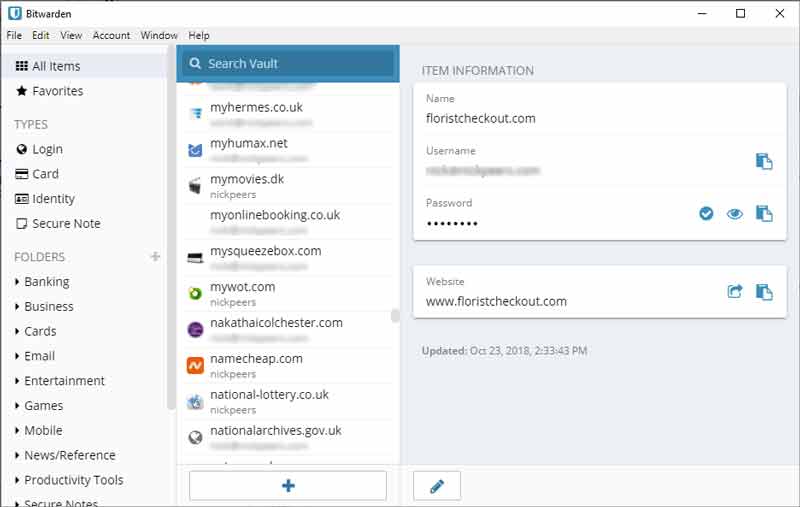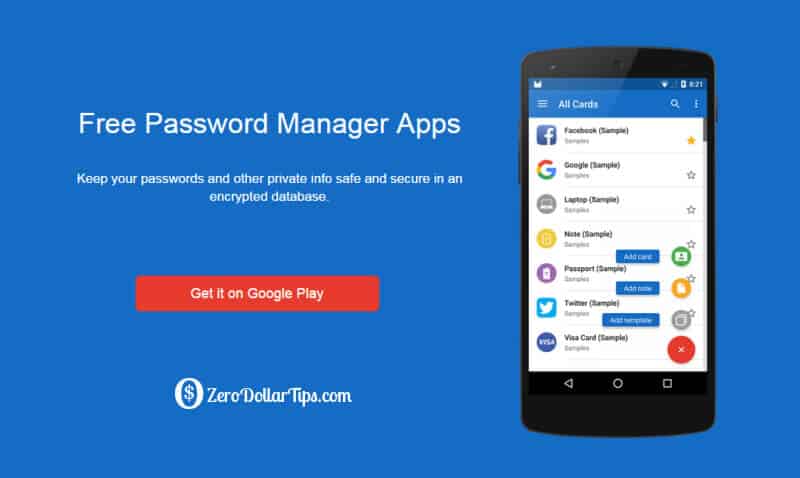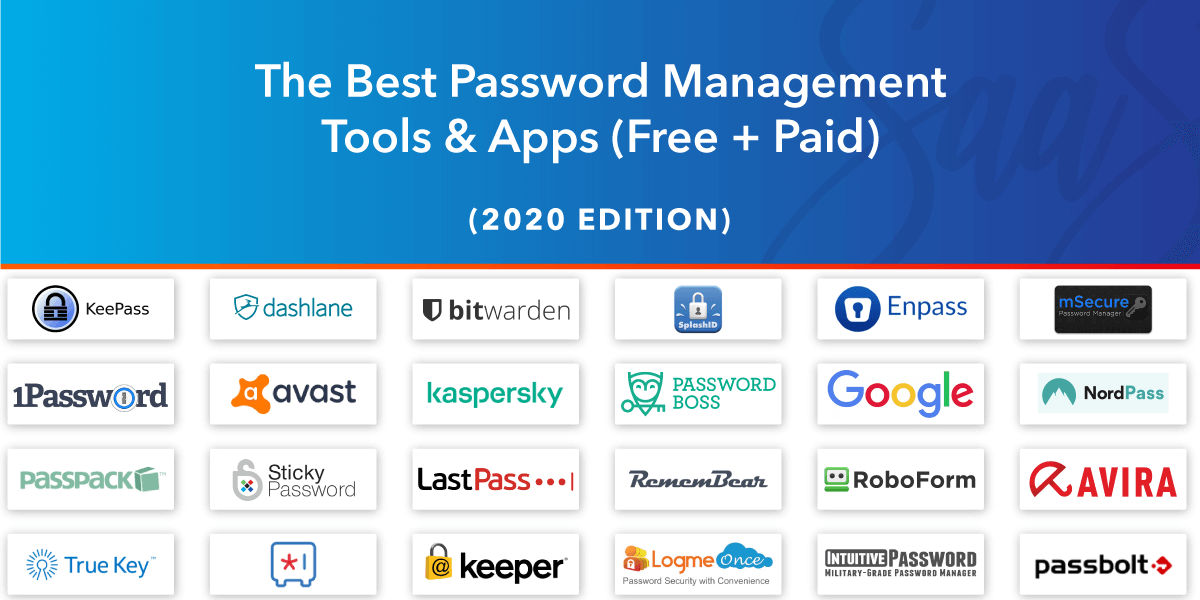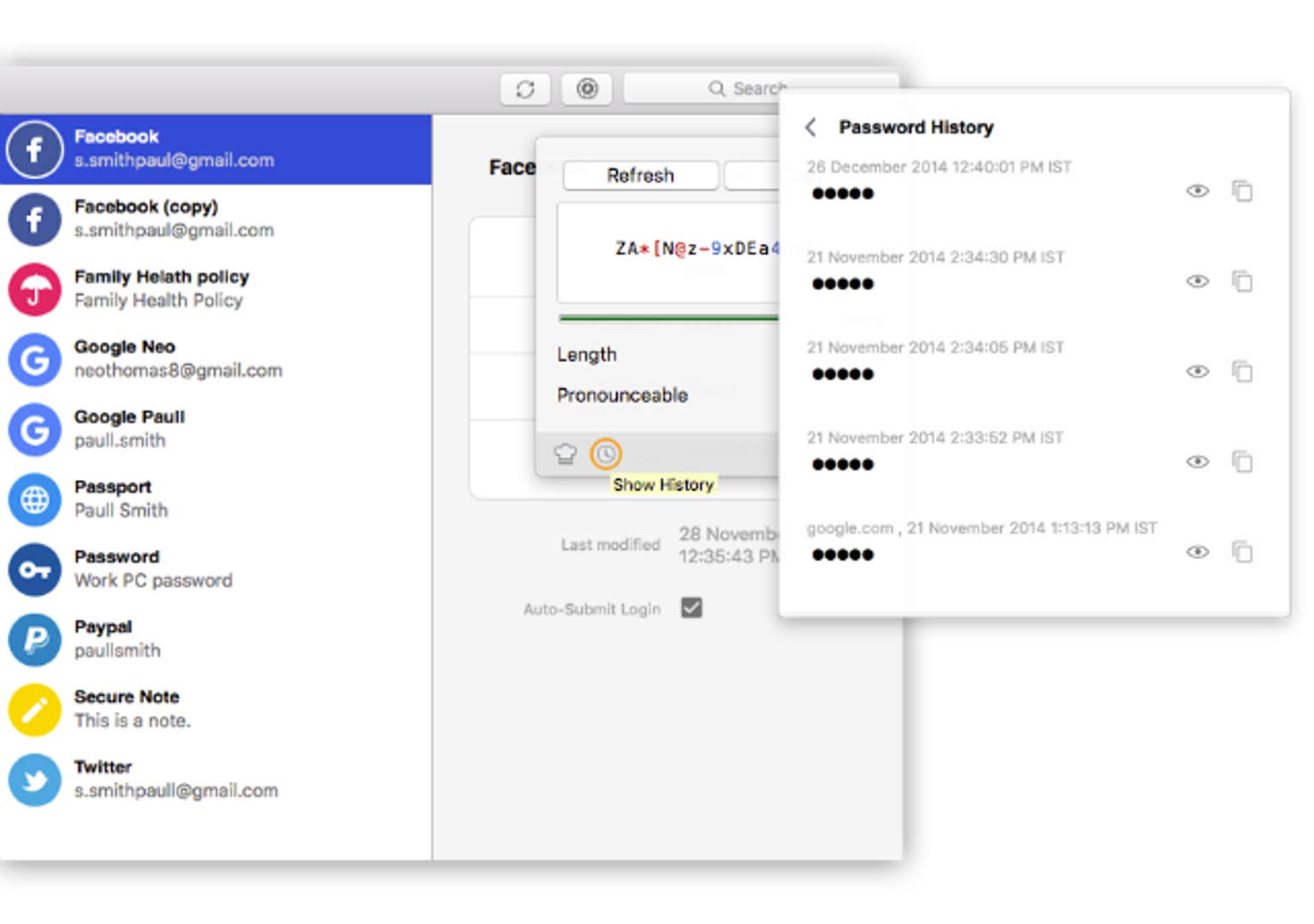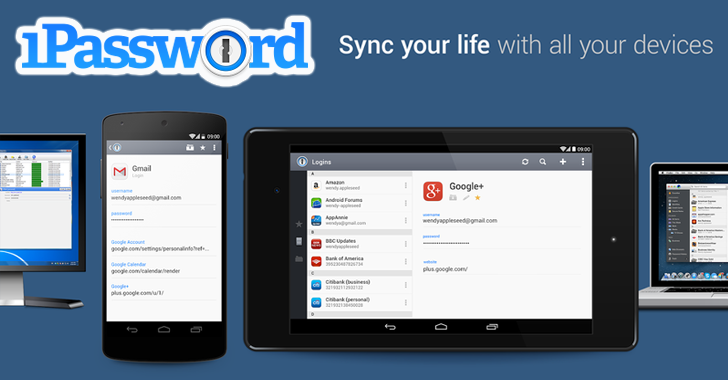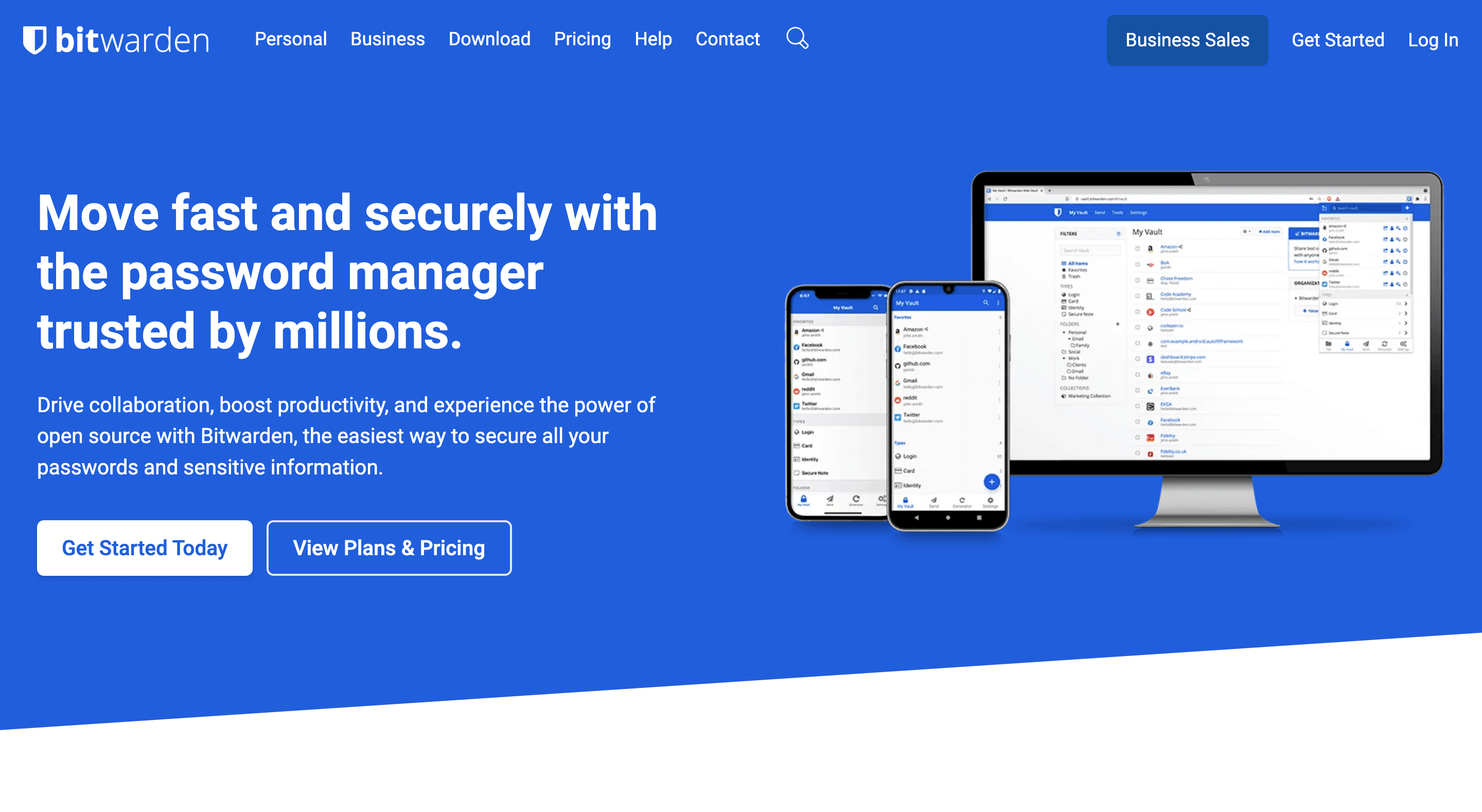Best Free Password Manager Android 2014

The quest for robust digital security on mobile devices took center stage in 2014, particularly for Android users grappling with the burgeoning complexity of online passwords. The need to remember unique credentials for a multitude of apps and websites prompted a surge in demand for password management solutions.
This article examines the landscape of free password managers available on Android in 2014, highlighting key contenders and their features, and exploring the implications for user security and convenience.
The Rise of Mobile Password Management
In 2014, mobile internet usage was accelerating rapidly. Android's open-source nature contributed to its widespread adoption, but also presented unique security challenges. Users were constantly creating and managing passwords on their phones, making robust password management critical.
Key Players in the Free Password Manager Arena
Several free password managers stood out in 2014, offering varying degrees of functionality and security.
LastPass was a popular choice, known for its cross-platform compatibility and auto-fill capabilities. Users praised its ease of use and ability to sync passwords across devices.
Dashlane also garnered attention for its strong security features and password generation tools. Its autofill was lauded for its speed and accuracy.
KeePass, an open-source option, appealed to security-conscious users willing to manage their own database. However, KeePass required a separate Android app to access and manage the database on a mobile device.
Other notable contenders included RoboForm and built-in password management features offered by certain browsers.
Features and Functionality
Most free password managers in 2014 offered core features like password storage, auto-fill, and password generation.
Secure storage was paramount. These managers utilized encryption to protect user credentials from unauthorized access. Auto-fill functionality streamlined the login process, saving users time and effort.
Password generators helped users create strong, unique passwords, reducing the risk of password-related breaches. Premium versions often offered additional features, such as secure notes and multi-factor authentication.
Security Considerations
While offering convenience, password managers also introduce a single point of failure. A compromise of the master password could expose all stored credentials.
Users were advised to choose a strong, unique master password and enable two-factor authentication whenever possible. It's essential to keep the password manager software up to date to patch security vulnerabilities.
The reputation and track record of the password manager provider were crucial factors to consider before entrusting them with sensitive data.
The Impact on Users
The availability of free password managers on Android in 2014 significantly impacted users' online security habits. These tools made it easier for users to adopt strong, unique passwords for different online accounts.
By automating the login process, password managers also improved the user experience, reducing friction and encouraging more secure online behavior.
The adoption of password managers contributed to a broader awareness of online security risks and best practices.
Looking Back
The free password manager landscape on Android in 2014 laid the foundation for the sophisticated password management solutions we see today. While the specific players and features have evolved, the underlying principles of secure password storage and automated login remain central.
The availability of these tools empowered Android users to take control of their online security in an increasingly complex digital world.
The evolution from 2014 serves as a reminder of the ongoing need for innovation and vigilance in the face of evolving cybersecurity threats.






